From the snow-capped mountains in the north to the Mediterranean coast in the south, Italy has a truly varied offering. Whether you want to laze on the shores of Sardinia, get your culture fix in Italy’s big-ticket cities, or eat your way through the country’s tastiest dishes, Italy’s melting pot of cultural sights and attractions will never leave you disappointed.
Consider this your month-by-month guide to planning the perfect trip to Italy, complete with key events, average temperatures, and top tips on where to stay and play in each season. So, what is the best time to visit Italy?
Italy Travel Seasons
| Season | Dates | Notes |
|---|---|---|
| High Season | from mid-May through July, September | In August it quiets down a little, but it gets very hot |
| Shoulder Season | from March until mid-May from October until November | Spring and Autumn are usually quiet and you get lovely weather with occasional rain |
| Low Season | from December until February | Usually cold weather, some areas are very quiet |
High Season
Season from Mid-May through July and September
Like most countries in Europe, summer is considered peak travel season in Italy when the country is teeming with visitors and hotel rates are at their highest. However, the cities empty in August as the locals flock to the beach or the countryside to enjoy the Roman holiday, Ferragosto. While the August exodus means fewer crowds and lower hotel rates, visitors should also expect scorching hot temperatures. Many family-run restaurants and shops close for a week, or two, during the middle of the month.
Shoulder Season
Season from March through mid-May and October through November
Italy has shorter shoulder seasons because of its Mediterranean climate. Late spring and early autumn are considered the best time to visit Italy. Not too hot, but still warm during the day. Not crowd-free, but definitely fewer tourists and therefore lower hotel rates. Pleasant temperatures (mid-20s) and the gentle breeze of shoulder season brings new opportunities for outdoor exploration including hiking and biking, as well as a calendar of exciting exhibitions, food festivals and concerts.
Low Season
Season from December through February
Italy’s low tourist season is during the winter months, with the exception of Christmas and Carnivale, the latter taking place during the week leading up to Easter. Outside of these festivities, winter is the best time to snag affordable airfares and hotel rates and enjoy the major cities without the crowds.
Though, winter also brings chilly climates, rain and snow, especially in the north. Many attractions operate on shorter winter hours and some hotels are closed for renovation, however, this is unlikely to inconvenience visitors to the country’s major cities. Another exception to the low season label is Italy’s mountain resorts, including Cervinia, Cortina, Sauze d’Oulx and Selva, which play host to hundreds of snowboarding, skiers and winter sports enthusiasts during winter and early spring.
Best Time to Visit Italy: Month-by-month guide
January
January is the coldest month in Italy, especially in the north where temperatures can drop as low as 3°C. And while the weather tends to get warmer as you go south, even Sicily’s beaches are deserted in January. Yet, those who are willing to brave the chilly climes will benefit from lower hotel rates and airfares, and can also bag a bargain in the annual winter sales.
Snow junkies might not find the same discounts on the slopes, but they can enjoy fresh snowfall and excellent conditions during peak ski season. Even in high season, Italy tends to be cheaper than its European rivals and its laid back ambience makes it a natural choice for families or beginners. Val d’Aosta, the Olympic ‘Milky Way’ and the Dolomites are all firm winter favourites. Many of the resorts have thermal spas nearby, so if skiing isn’t your thing, you can still enjoy a relaxing afternoon in the mountains.
Average Temperatures: 7°C in the north, 9°C in the south
Average Rainfall: 63mm in the north, 80mm in the south
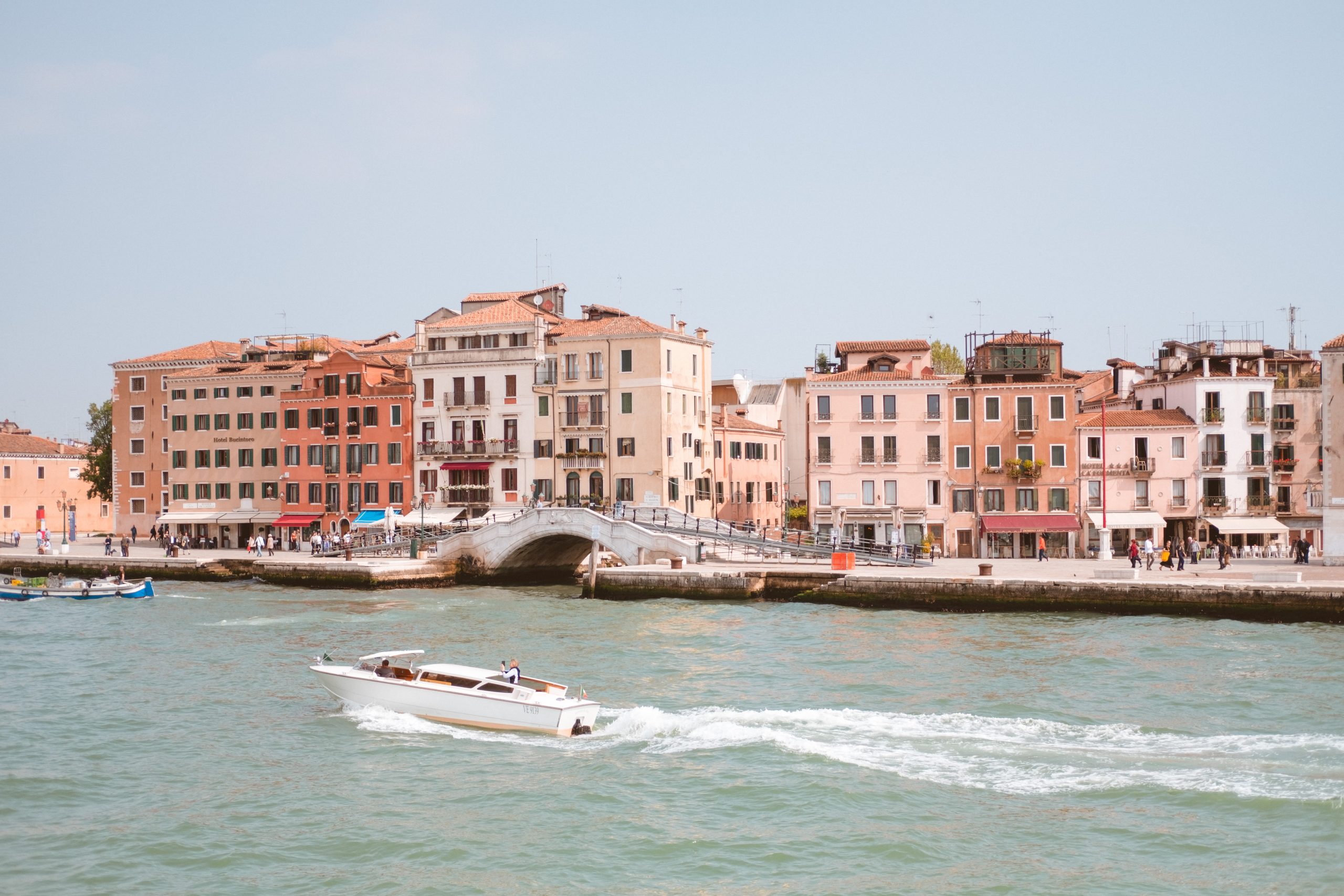
February
February is the month of Carnival which typically takes place the week before Easter. While celebrations are held all over the country, none is more spectacular or significant than Carnevale in Venice. Colourful parades, festive displays and events fill the streets, while private parties and masquerade balls are held at grand Venetian Palaces.
Besides Carnevale in Venice, Viareggio, located on the Tuscan coast has one of the largest and longest celebrations in all of Italy. Just off the south coast, Sicily’s parades take place in the town’s baroque historic centre with flower floats and a fireworks finale.
Average Temperatures: 8°C in the north, 9°C in the south
Average Rainfall: 49mm in the north, 100mm in the south
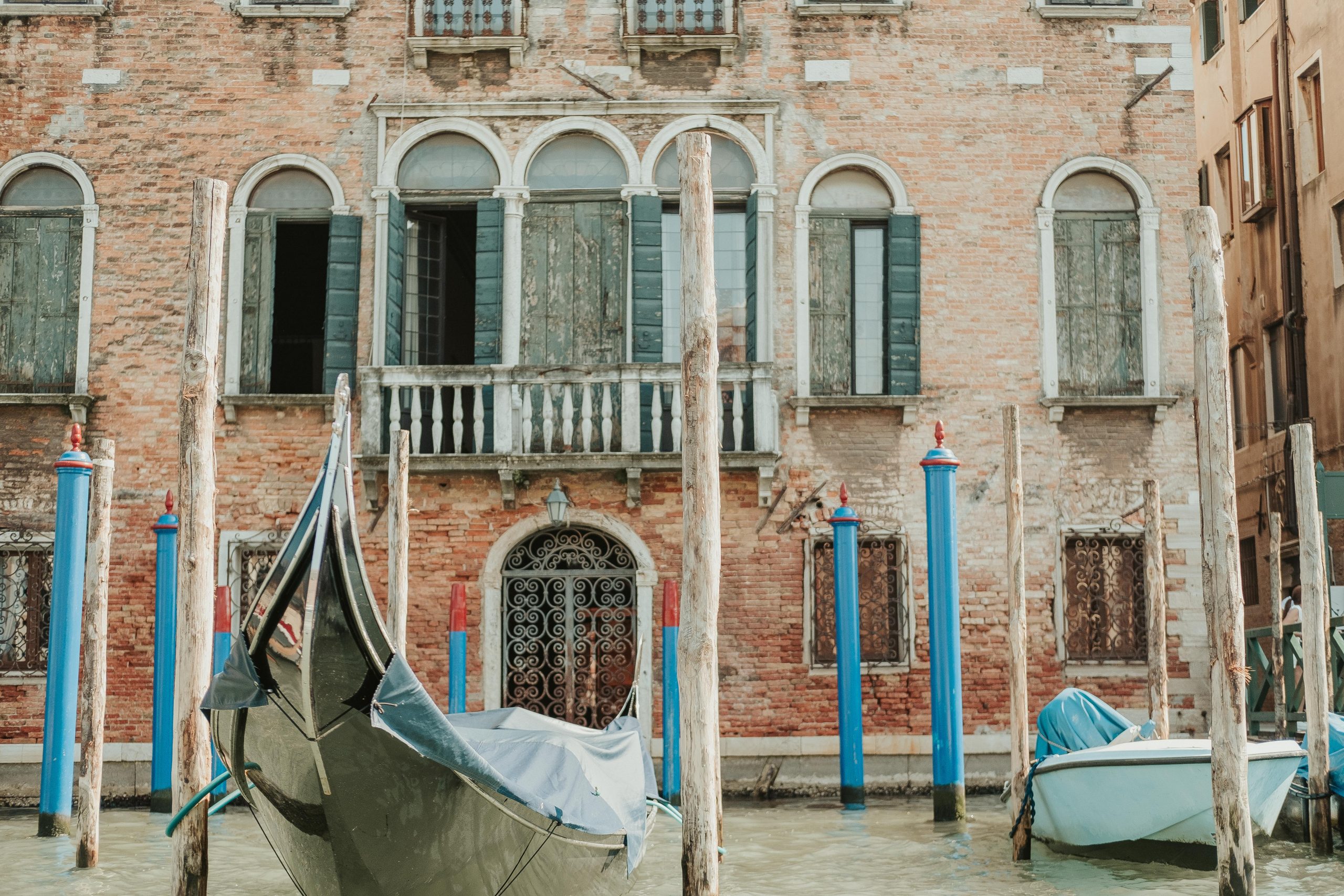
March
In March, Italy begins to shake off its winter cloak and signs of spring can be seen across most of the country, bringing new opportunities for outdoor explorations. However, March is a transitional month and therefore the weather is somewhat capricious, with a confusing combination of rain and sun (often in the same afternoon). If you’re visiting one of Italy’s major cities, a rainy day won’t get in the way of your spring escape. Rome, Florence and Venice are home to a staggering collection of world-class museums and galleries, all of which are worth visiting, come rain or shine.
The onset of spring in Italy is a gourmand’s delight, with a delicious menu of seasonal recipes and colourful markets popping up on every corner. The secret of Italian food lies in its local, and seasonal ingredients. Diners should look out for carciofi romanesco (artichokes), abbacchio (suckling lamb), and colomba (similar to panettone). Cooking classes, cafe tours and wine tastings are available in most cities and all offer a taste of Italy’s famous food culture.
Average Temperatures: 9°C in the north, 14°C in the south
Average Rainfall: 96mm in the north, 80mm in the south

April
April offers travellers a final opportunity to take advantage of shoulder season savings before the temperatures and the hotel rates rise. Although quieter than the summer months, April isn’t as crowd-free as you’d expect due to a mild climate and an exciting calendar of spring holidays and festivals across the country. The weather can be quite unpredictable, with sunny days giving way to chilly and damp weather.
Pasqua, otherwise known as Easter, is one of Italy’s biggest and most celebrated holidays, with festivals, fairs and folklore events lasting an entire week. While Easter traditions in Italy differ from region to region, they all share the same religious roots. From Good Friday mass to Lunedi Dell’angelo, there’s always a festival, feast or ceremony taking place during this important holiday. However, Easter isn’t a time to show up without a hotel reservation. It’s considered a mini high season so visitors should be ready to pay peak rates. Also, it’s worth keeping in mind that many attractions are closed on Good Friday and Easter Sunday, so if you’re visiting over the Easter period, you’ll need to plan your itinerary accordingly.
Average Temperatures: 14°C in the north, 18°C in the south
Average Rainfall: 78mm in the north, 80mm in the south
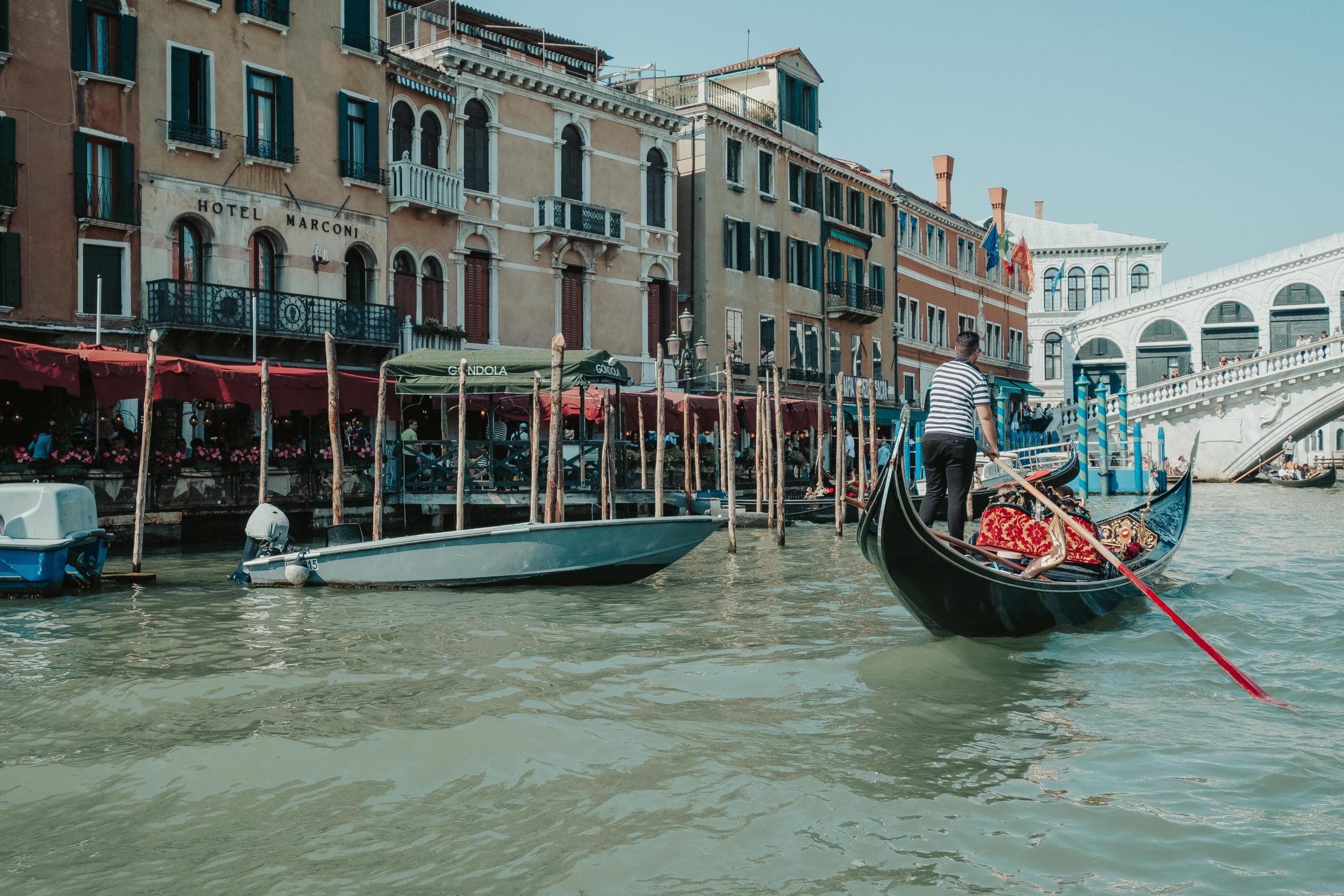
May
Although the month of May is part of the spring season, it shares the same high season status as summer – and for good reason. With sunny days and pleasant temperatures, visitors can comfortably enjoy the myriad of festivals, feasts and events that May brings. The festival of Sant’Efisio marks an important part of history for the island of Sardinia, with its main highlight being a colourful four-day procession.
The quaint, usually peaceful town of Gubbio, Umbria, explodes into excitement every year on the 15th of May as the locals celebrate Corsa dei Ceri (Race of the Candles). The historical city of Noto in southern Sicily transforms into a sea of colour as the annual flower festival arrives in town. Foodies should head to Porchettiamo in Perugia, or the Risotto Festival in the Piedmont region, to taste Italy’s seasonal flavours.
While it’s hard to look passed Italy’s museums and monuments, a visit to some of the country’s great gardens offer something equally as special, especially in the spring. In the heart of Florence, Iris Garden is a peaceful oasis of olive groves and iris species, punctuated by a kaleidoscope of colours. But, the beautiful Boboli Gardens, decorated with sculptures, fountains and oak trees, are without a doubt the most impressive Italian gardens.
Average Temperatures: 18°C in the north, 20°C in the south
Average Rainfall: 27mm in the north, 60mm in the south
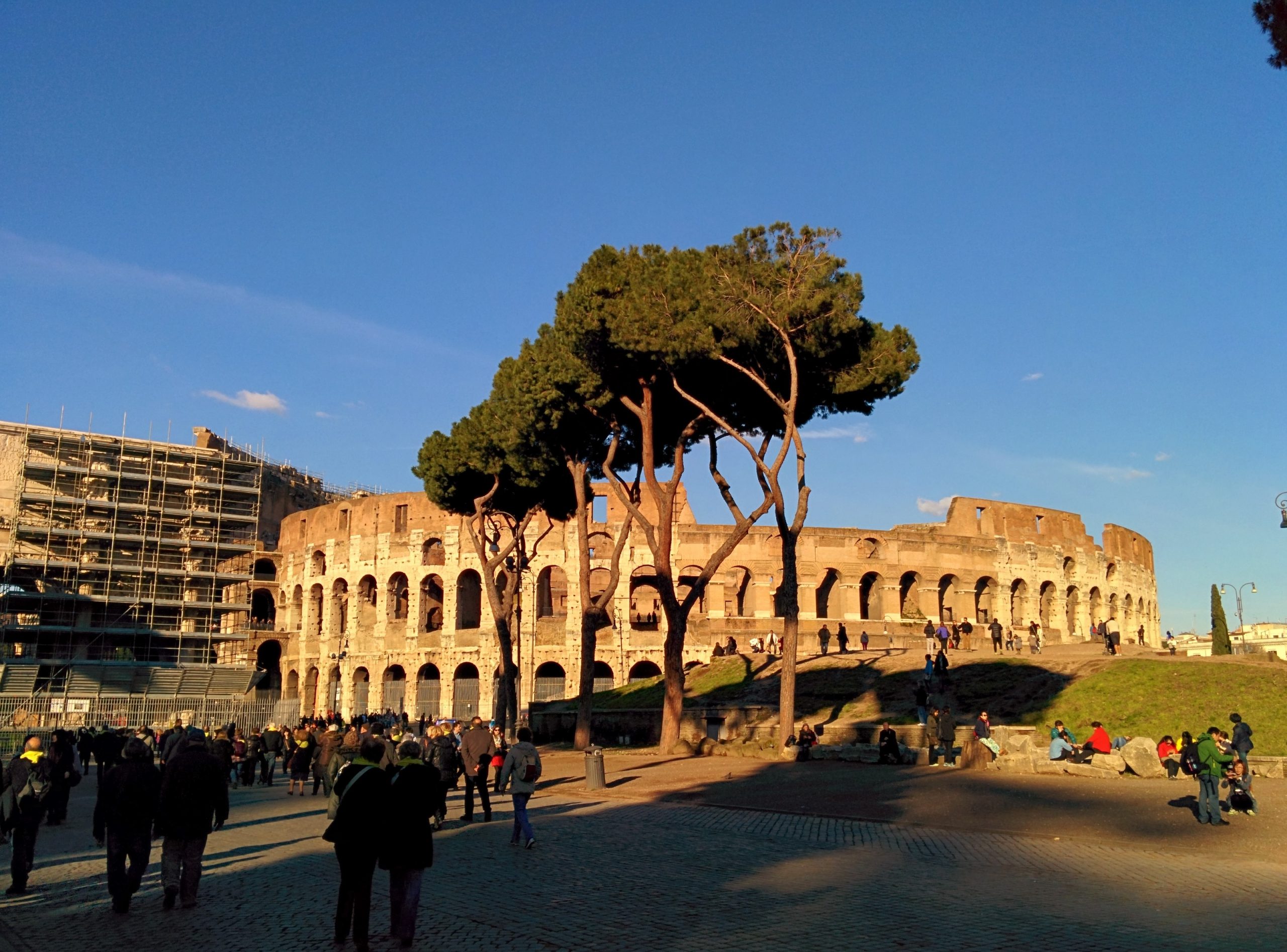
June
June marks the start of summer, so visitors can expect warm, dry days that linger long into the evening. From Florence and Venice in the north, down to Sicily in the south, June is a month for outdoor explorations, road trips and lazing on sun-soaked beaches. You’ll have to contend with the crowds, and this influx of visitors means higher hotel rates, but there are plenty of affordable and less-visited destinations to choose from.
June is jam-packed with fun festivities and big-ticket holidays, starting with the national Italian holiday – Festa della Repubblica, on the 2nd of June. The event is marked with displays of patriotism up and down the country, but the place to be is Rome, where there’s a huge military parade through the historic centre. The Saint Rainerius’ Luminara (light show) in Pisa, Musicultura Festival in Macerata, and the popular Taobuk Festival (literary fest), are just some of the exciting events taking place across the country.
Average Temperatures: 23°C in the north, 22°C in the south
Average Rainfall: 50mm in the north, 30mm in the south
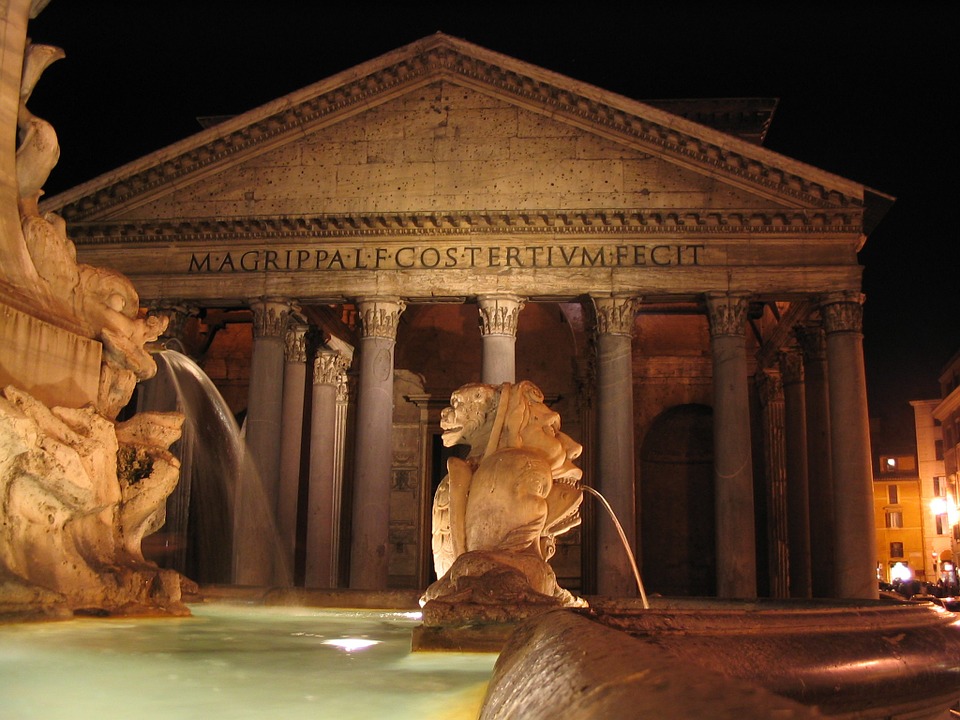
July
Most would agree that travellers would be wise to save the iconic Italian cities for the off-season. Take the summer to visit the lesser-known islands and towns that offer all the Italian charm and culture without the crowds. Located just 19 miles west of Rome on the banks of the River Tiber, the beautifully preserved ruins of Ostia offer an interesting contrast to the archaeology in Rome. Stay in the resort town of Lido di Ostia and you can combine exploration with a day at the beach.
Instead of Lake Como, make your way to Lake Iseo, an often overlooked oasis, tucked in between Italy’s two most popular lakes. Travellers come to relish some relaxation or immerse themselves in the countryside. Even at the peak of high season, Iseo remains blissfully quiet and inexpensive.
Average Temperatures: 25°C in the north, 27°C in the south
Average Rainfall: 31mm in the north, 30mm in the south
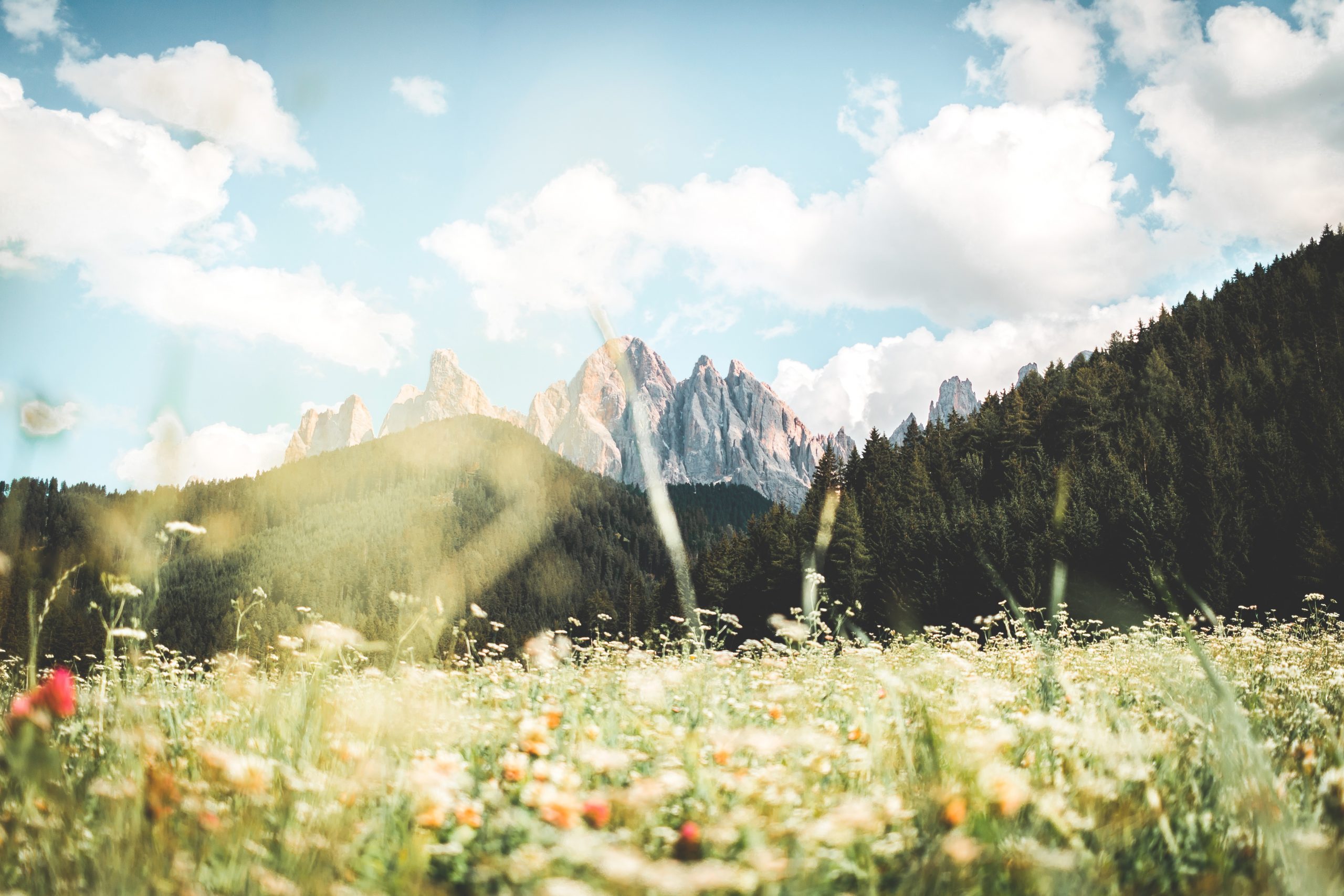
August
While August is considered peak travel season, it’s also the when local urbanites flee Italy’s cities in search of seaside staples. You can still expect key destinations like Rome, Venice and Florence to be packed, but provincial towns and smaller cities will be much less crowded.
While the long, hot days tempt tourists to the beaches, cannier travellers will wait for late summer or autumn, when the kids are back in school and the locals return to work. Forsake the crowds of Italy’s big-ticket cities and bustling beaches, and take to the Dolomite Mountains in the north – offering some of the best summer weather in all of the Alps. While the average temperatures might reach 25 degrees on the valley floors, the cool mountain breeze provides comfortable temperatures for hiking, biking and climbing.
Average Temperatures: 29°C in the north, 28°C in the south
Average Rainfall: 48mm in the north, 30mm in the south
September
Italy has short shoulder seasons because of its wonderful Mediterranean climate, which means that September falls in high season. Though not as oppressively hot as in August, Italy in September is still warm, with temperatures hovering around 23 degrees.
While you’re unlikely to bag a travel bargain at this time of year, with the locals back at work and the kids back in school, you will have a much better chance of securing a spot on one of Italy’s beautiful beaches. Italy has a lot of coastline so visitors can pick from a plethora of smooth sandy beaches, marine reserves and rocky shoreline. Capri, Portofino and Versilia are some of the most popular, and therefore crowded, seaside towns. Puglia, particularly Avetrana and Manduria, is also a sought-after spot thanks to its white sand beaches and crystal clear waters. For less frequented sands, Tropea in Calabria doesn’t get nearly the attention it deserves.
September brings an exciting calendar of events including the historic regatta in Venice, the star-studded Lido Venice (International Film Festival), MITO music festival in Milan and Torino and the five-day Figline Valdarno (horse racing) in Tuscany. The end of summer also marks the beginning of the grape harvest with many festivals held in the beautiful Tuscan Hamlets.
Average Temperatures: 24°C in the north, 22°C in the south
Average Rainfall: 76mm in the north, 80mm in the south
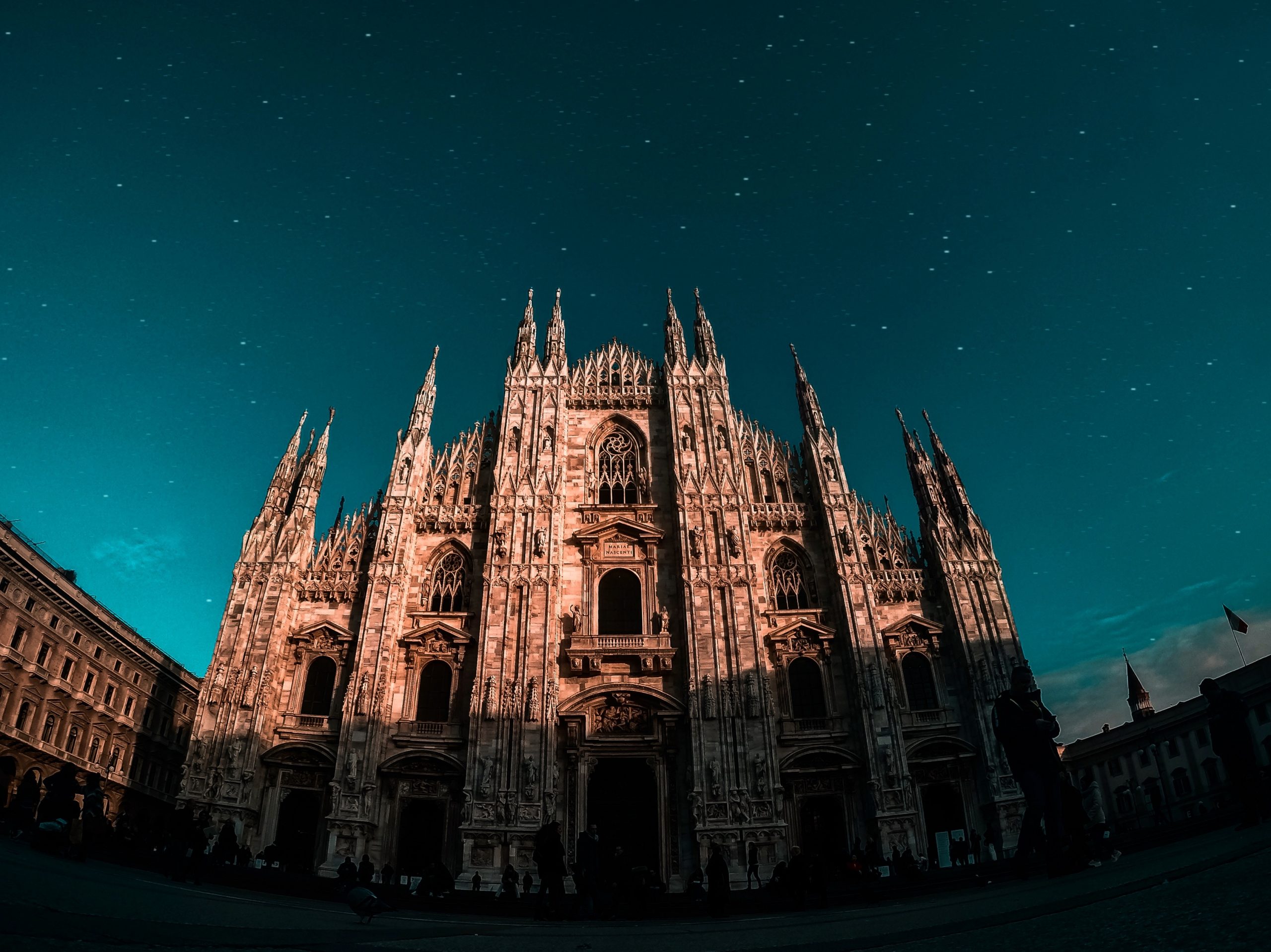
October
The Eternal City is beautiful year-round, although most would agree that the best time to visit Rome is in the autumn months, once the crowds have receded and the intense heat of the summer has subsided. With average temperatures ranging between 16-27 degrees, you’ll have ample opportunities to relax on the beach with a good book or comfortably explore the city by foot.
From October, the grape harvest is in full swing and you’ll also get a taste of Italy’s gastronomic culture, as well as seasonal flavours at one of the country’s many sagres (food festivals). While some sagre have soared beyond local status, there are still hundreds that remain true to their roots. Don’t miss the chestnut festival in Florence, the Vivo d’Orcia in Tuscany and the Ottobrata Zafferanese – a month-long festival of all things Etnean including grapes, wine, honey, mushrooms and apples. Buon divertimento!
Average Temperatures: 18°C in the north, 17°C in the south
Average Rainfall: 80mm in the north, 130mm in the south
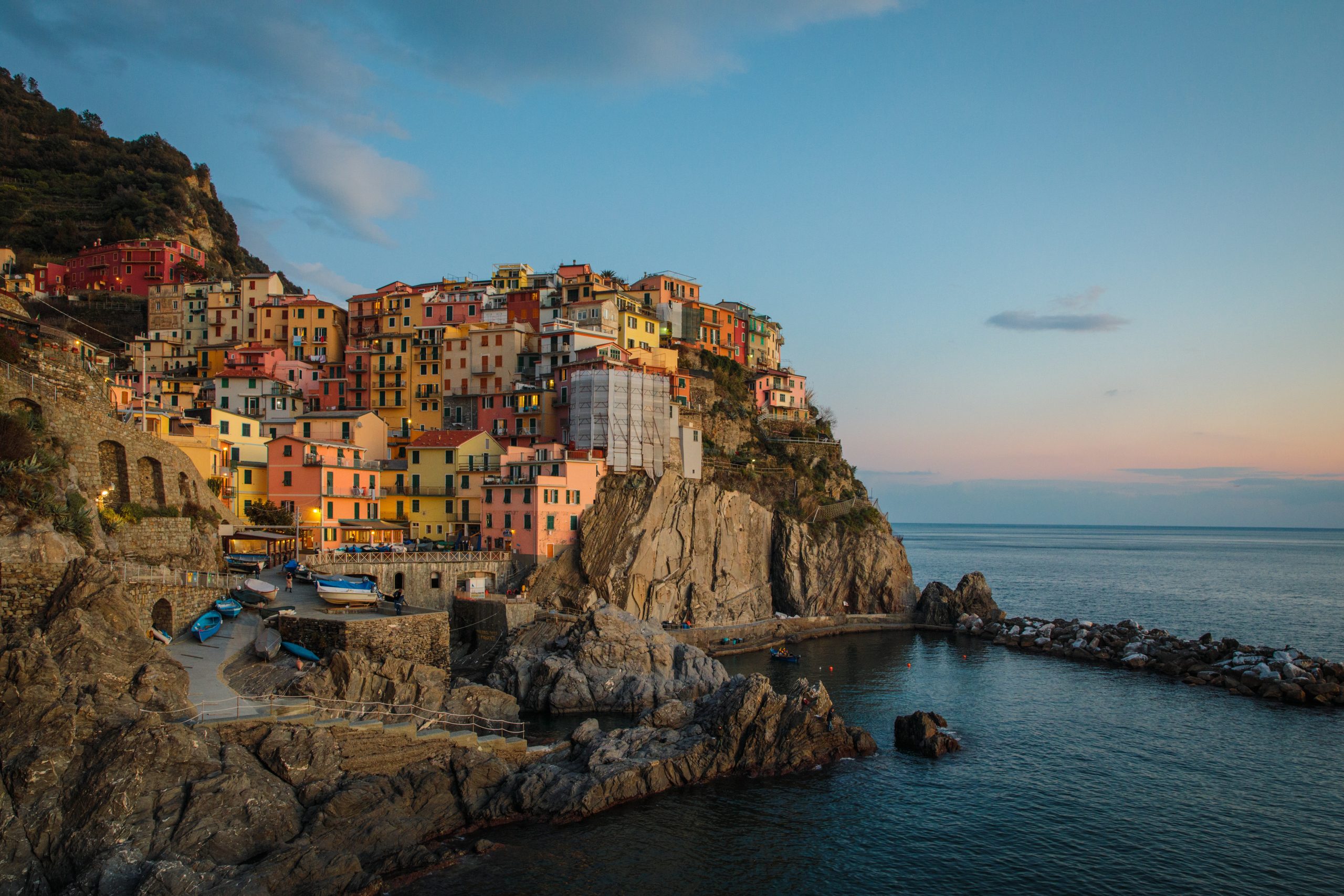
November
In November, the temperatures drop dramatically in Italy as the country moves more towards winter. Travellers looking for some autumn warmth should head south where the temperatures are typically warmer than in the north.
Tuscany, in the heart of the country, paints a pretty picture in the summer months. But, come autumn, the region holds a different kind of beauty when the pretty hills are ablaze with red and yellow colours. Wind your way through the countryside towards the famous wine-producing town of Chianti, hit the hiking trails of the Casentino National Park or spend an afternoon soaking in the thermal baths of Chianciano Terme.
November is one of the rainiest months in Italy, so now’s the time to get your culture fix at the many museums and galleries, and Italy’s big cities, such as Rome, Venice and Florence should be your starting point. With fewer tourists in town, you can enjoy the art and the attractions almost crowd-free. As the cradle of the Renaissance, Florence is a centre for arts and culture, striking the perfect balance between old and new, while the ancient capital of Rome has plenty of rainy day attractions including the Vatican museums, the Pantheon and plenty of indoor markets.
Average Temperatures: 8°C in the north, 13°C in the south
Average Rainfall: 102mm in the north, 140mm in the south
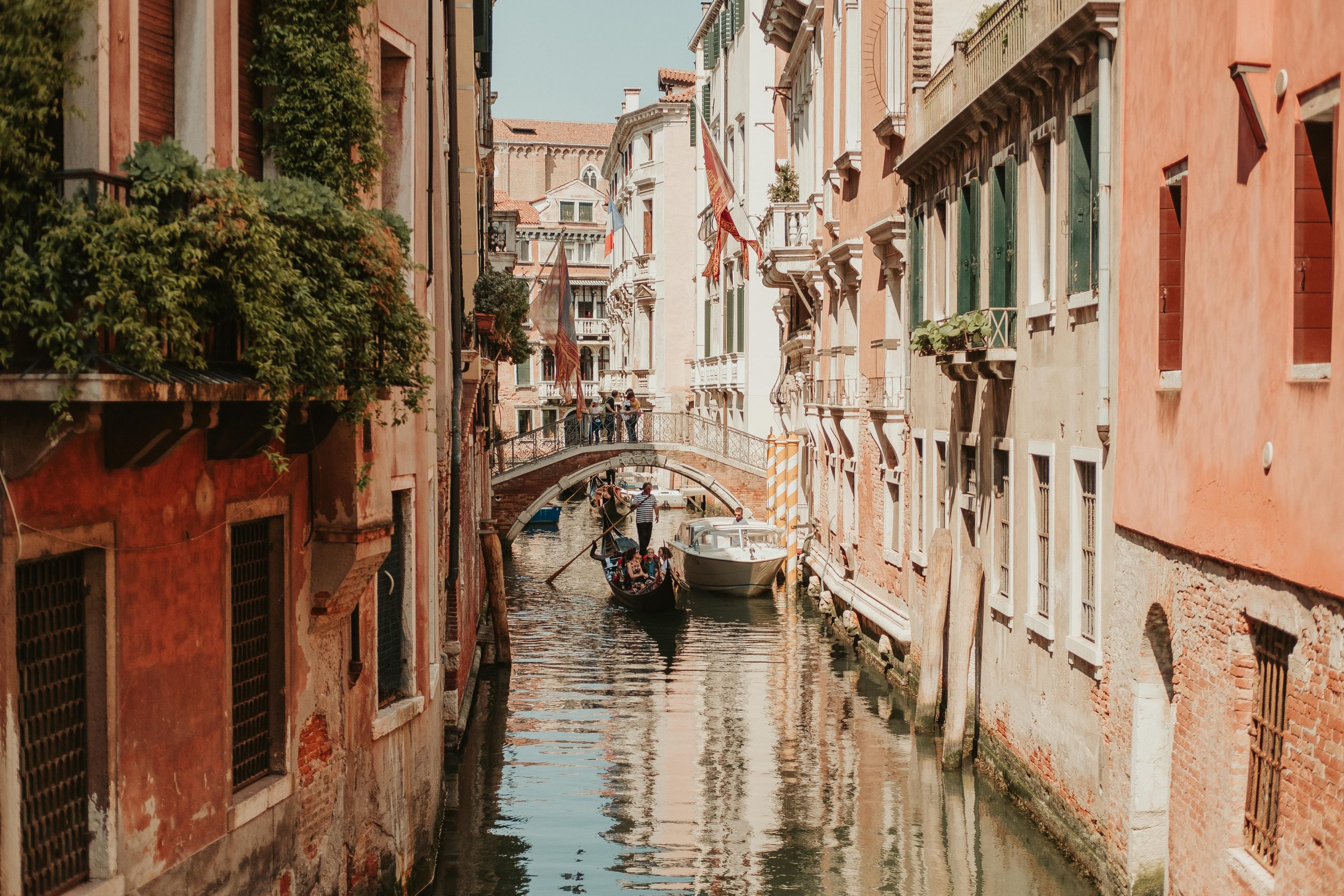
December
Not everyone is looking for eternal sunshine. As Italy waves goodbye to lazy autumn days, it welcomes a winter wonderland of twinkling cities and a calendar packed full of festive events. And of course, the locals that flocked to the beaches in August, head to the mountains for the start of the ski season.
A myriad of religious processions and bonfires mark the festive season, and Christmas markets pop-up across the city. Alpine-themed stalls adorned with twinkling lights offer a merry mix of handcrafted gifts, tree decorations and seasonal specialities including vin brule (hot spiced wine), cioccolata calda (think hot chocolate) and roasted chestnuts. Christmas Mass in St. Peter’s Basilica is one of Rome’s biggest annual events, with Italians travelling from all over the country to witness the Pope presents his evening mass at the Vatican.
Average Temperatures: 6°C in the north, 10°C in the south
Average Rainfall: 72mm in the north, 100mm in the south

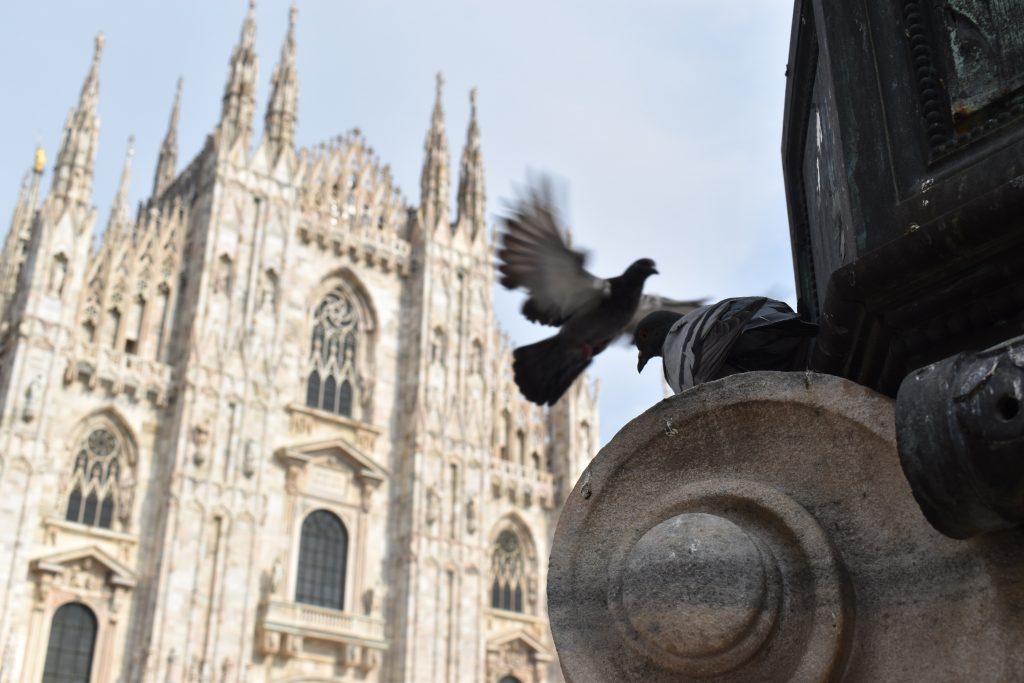
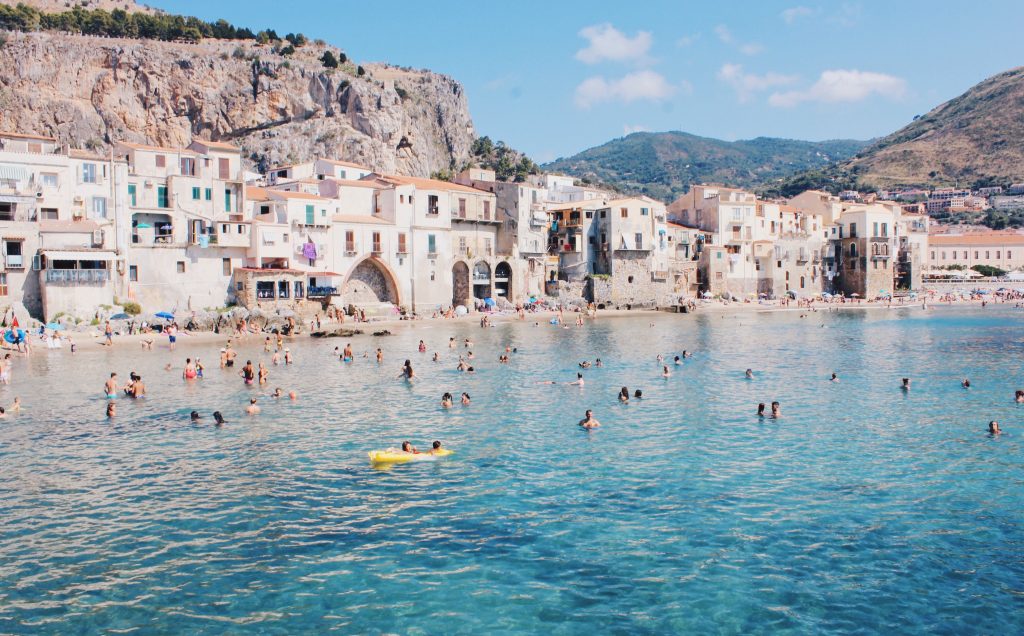
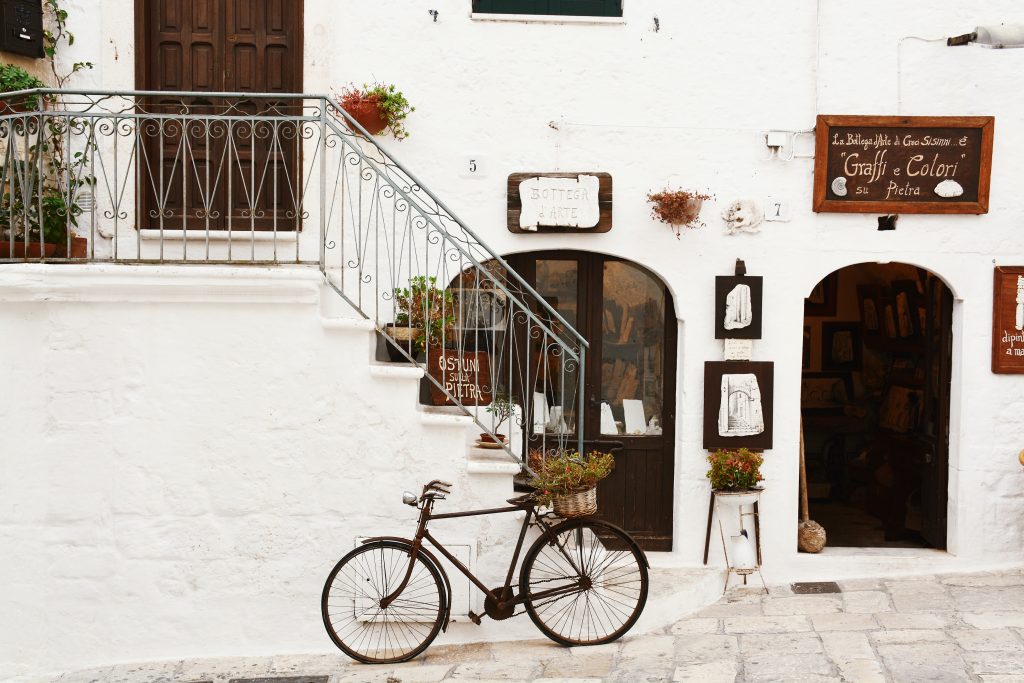
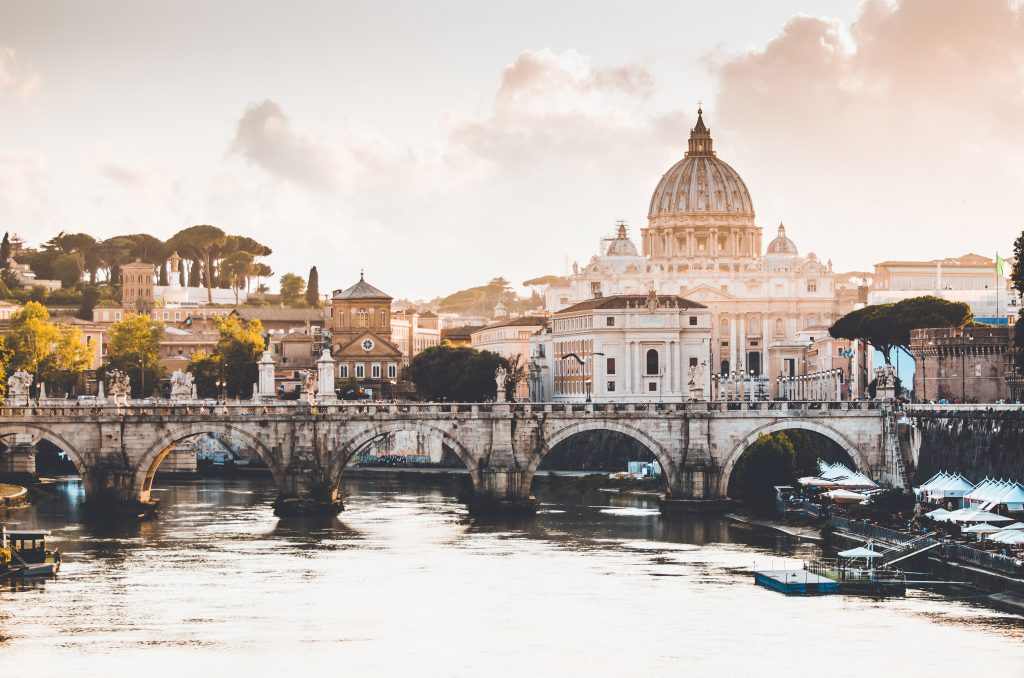
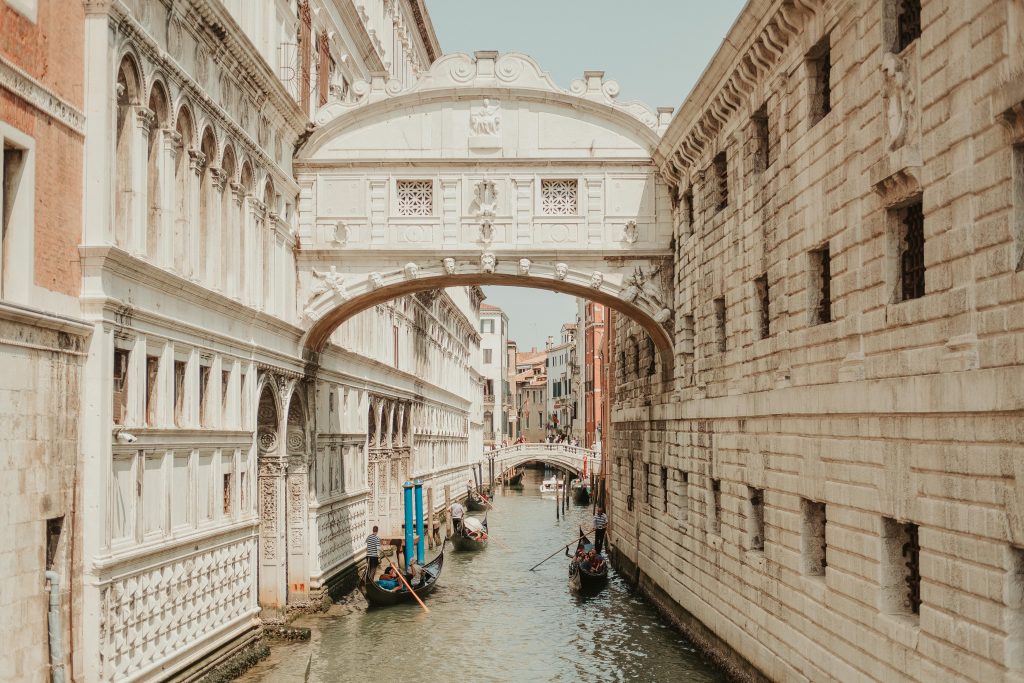
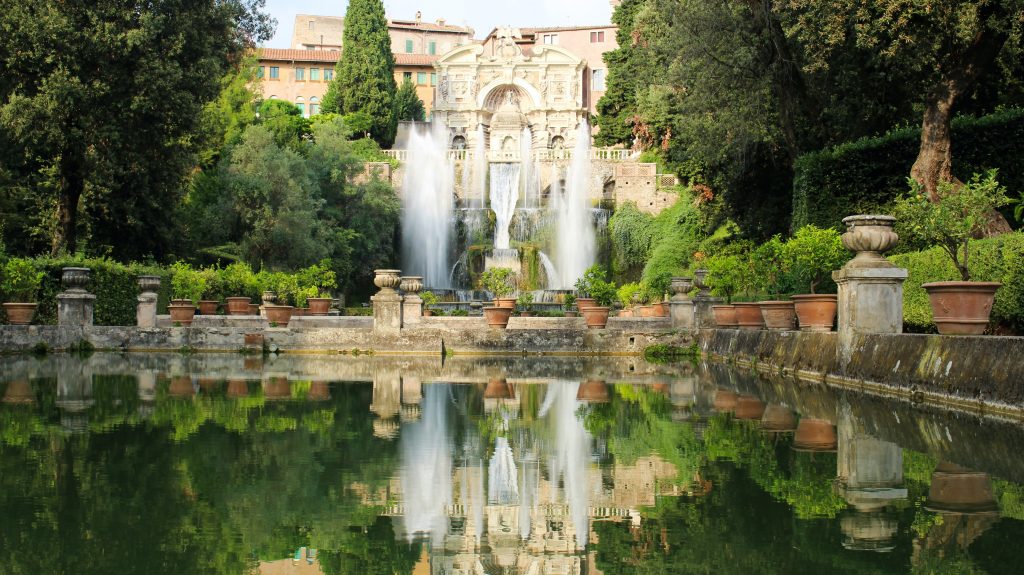


Leave a Reply